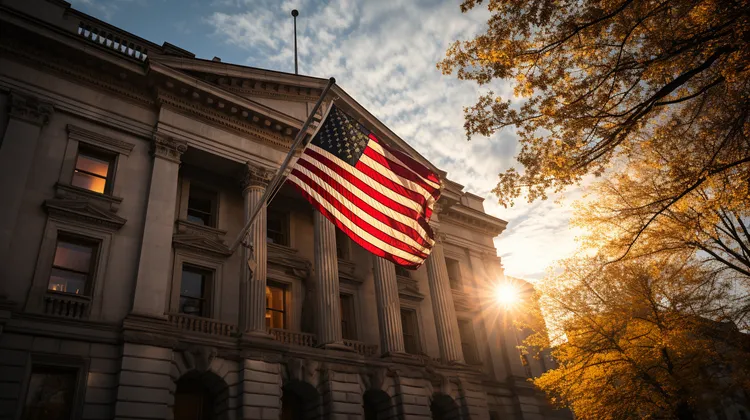The recent warning issued by the Federal Deposit Insurance Corporation (FDIC) regarding the risks associated with cryptocurrencies has shed light on the arms-length policy adopted by U.S. banking agencies when it comes to digital assets. In a time where cryptocurrencies are gaining widespread popularity, this warning serves as a reminder to investors and customers about the lack of regulatory oversight in the crypto space.
The FDIC’s statement emphasized that cryptocurrencies are not backed by any government entity or traditional financial institution, thus making them highly volatile and unpredictable. Customers were warned about the potential for fraud, hacking, and loss of funds, given the anonymity and decentralized nature of most cryptocurrencies. The FDIC’s stance echoed that of other U.S. banking agencies, highlighting their arms-length approach towards cryptocurrencies.
This approach is not surprising considering the innovative and disruptive nature of cryptocurrencies. U.S. banking agencies, including the FDIC, the Office of the Comptroller of the Currency (OCC), and the Federal Reserve, have long preferred a cautious approach when it comes to new and unregulated financial technologies. Their focus has always been to protect the stability of the existing financial system and the interests of traditional banking customers.
The arms-length policy reflects the belief that cryptocurrencies are still in their early stages of development and need to mature before being integrated into the mainstream banking system. It also signifies the regulators’ concern about the risks associated with cryptocurrencies, such as money laundering, terrorist financing, and tax evasion. By maintaining a distance from the crypto market, banking agencies can analyze and understand the risks in a more comprehensive manner.
The arms-length policy is considered a reflection of the regulatory framework adopted by the U.S. banking agencies, which favors a market-driven approach. Unlike some other countries, the U.S. does not have a specific regulatory framework for cryptocurrencies. Instead, it relies on existing laws and regulations to address any potential issues related to digital assets.
This approach has its advantages, as it allows for flexibility and adaptation to an ever-evolving market. It also means that the regulatory landscape for cryptocurrencies remains ambiguous and sometimes fragmented. This lack of regulatory clarity has been a challenge for both crypto companies and traditional financial institutions looking to enter the crypto space.
The arms-length policy does not mean that U.S. banking agencies are indifferent towards cryptocurrencies. On the contrary, they have been closely monitoring the developments in the crypto market and actively participating in discussions on potential regulatory frameworks. Their approach has been more focused on warning customers and investors about the inherent risks of cryptocurrencies rather than actively intervening in the market.
Despite the arms-length policy, U.S. banking agencies have recognized the potential benefits of blockchain technology, the underlying technology behind most cryptocurrencies. They have explored the use of blockchain in various applications, such as cross-border payments, identity verification, and settlement systems. This indicates a willingness to embrace the technology while remaining cautious about the associated risks.
As the crypto market continues to grow and evolve, it is expected that U.S. banking agencies will closely monitor the developments and adapt their approach accordingly. The recent warning by the FDIC serves as a reminder to both customers and investors about the risks associated with cryptocurrencies. It also highlights the need for increased education and awareness about digital assets.
The FDIC’s warning regarding cryptocurrencies reinforces the arms-length policy adopted by U.S. banking agencies. This cautious approach is in line with their focus on protecting the stability of the traditional financial system and traditional banking customers. While it may limit the integration of cryptocurrencies into the mainstream banking system, it also allows for a comprehensive analysis of the risks associated with digital assets. As the crypto market continues to evolve, it is expected that U.S. banking agencies will continue to monitor and adapt their approach to ensure the safety and stability of the financial system.




Well, it’s about time the banking agencies acknowledged the potential benefits of blockchain technology. They should have done it sooner rather than stand on the sidelines.
The FDIC’s warning is nothing new. We’ve heard it all before. Cryptocurrencies have been around for years, and they’re not going away anytime soon.
Big props to the FDIC for actively monitoring the crypto market. Your efforts are greatly appreciated! 🙏
The lack of regulatory oversight in the crypto space is indeed concerning, but it shouldn’t be used to completely discourage people from investing in cryptocurrencies. The potential benefits outweigh the risks.
The arms-length policy just shows how outdated and out of touch the U.S. banking agencies are. It’s time to catch up with the rest of the world and embrace cryptocurrencies.
Kudos to the FDIC and other banking agencies for actively participating in discussions on crypto regulation. Collaboration is key!
It’s awesome to see that U.S. banking agencies are exploring the potential use of blockchain technology in various applications.
The FDIC’s warning is nothing but fear-mongering. They should focus on regulating the traditional banking system, which has its fair share of fraud and scandals. 😒
It’s good to see U.S. banking agencies acknowledging and warning about the risks of cryptocurrencies.